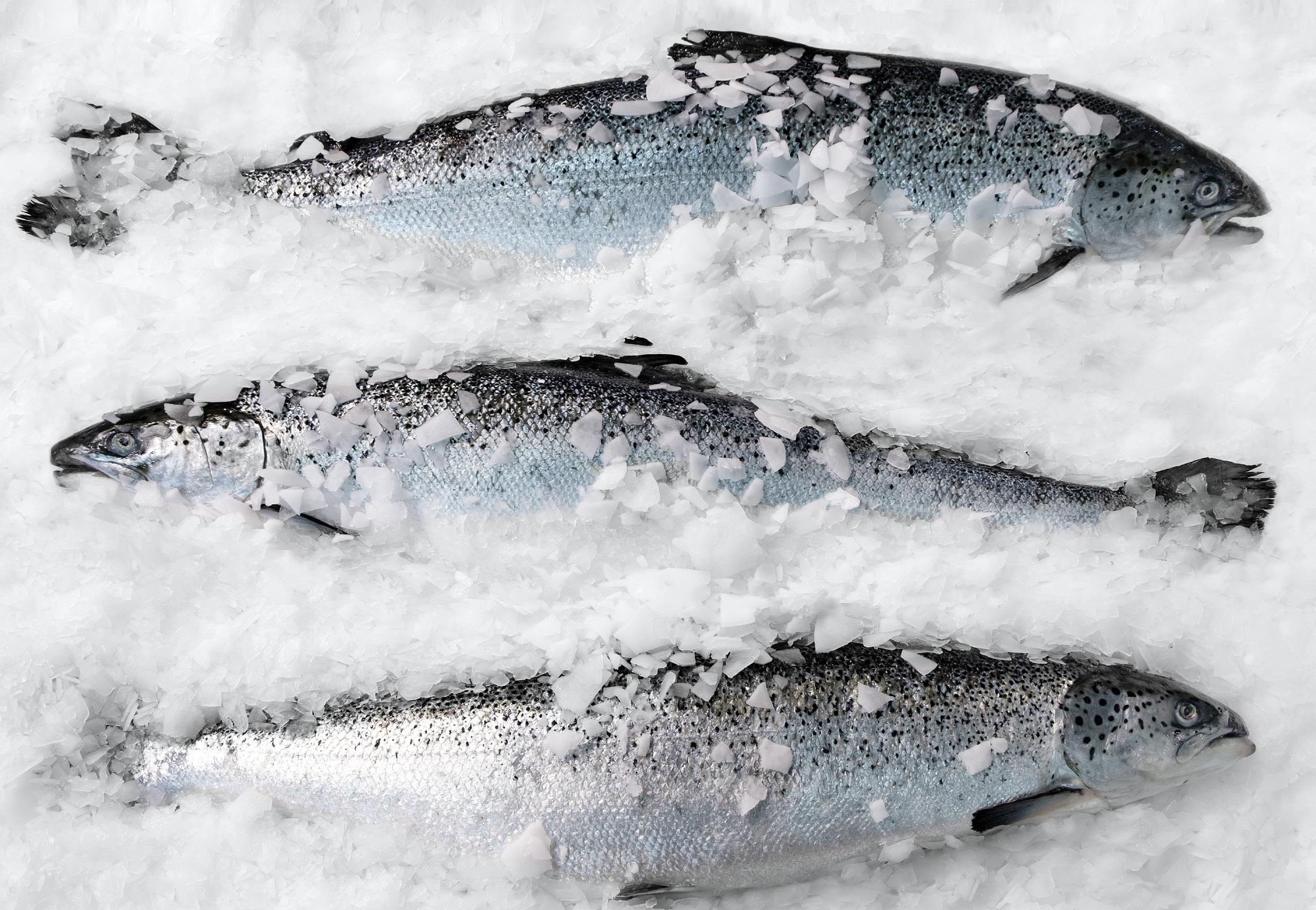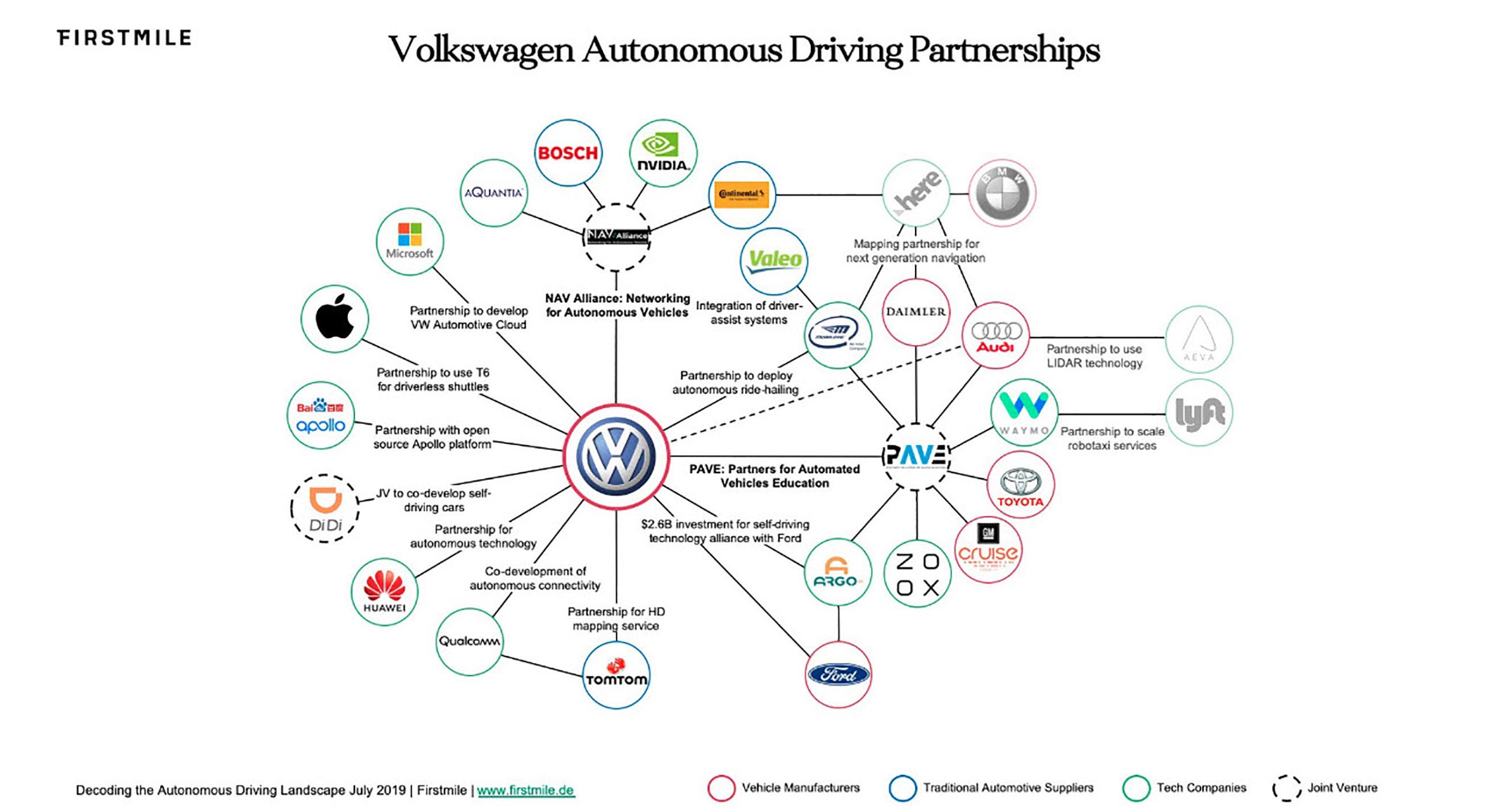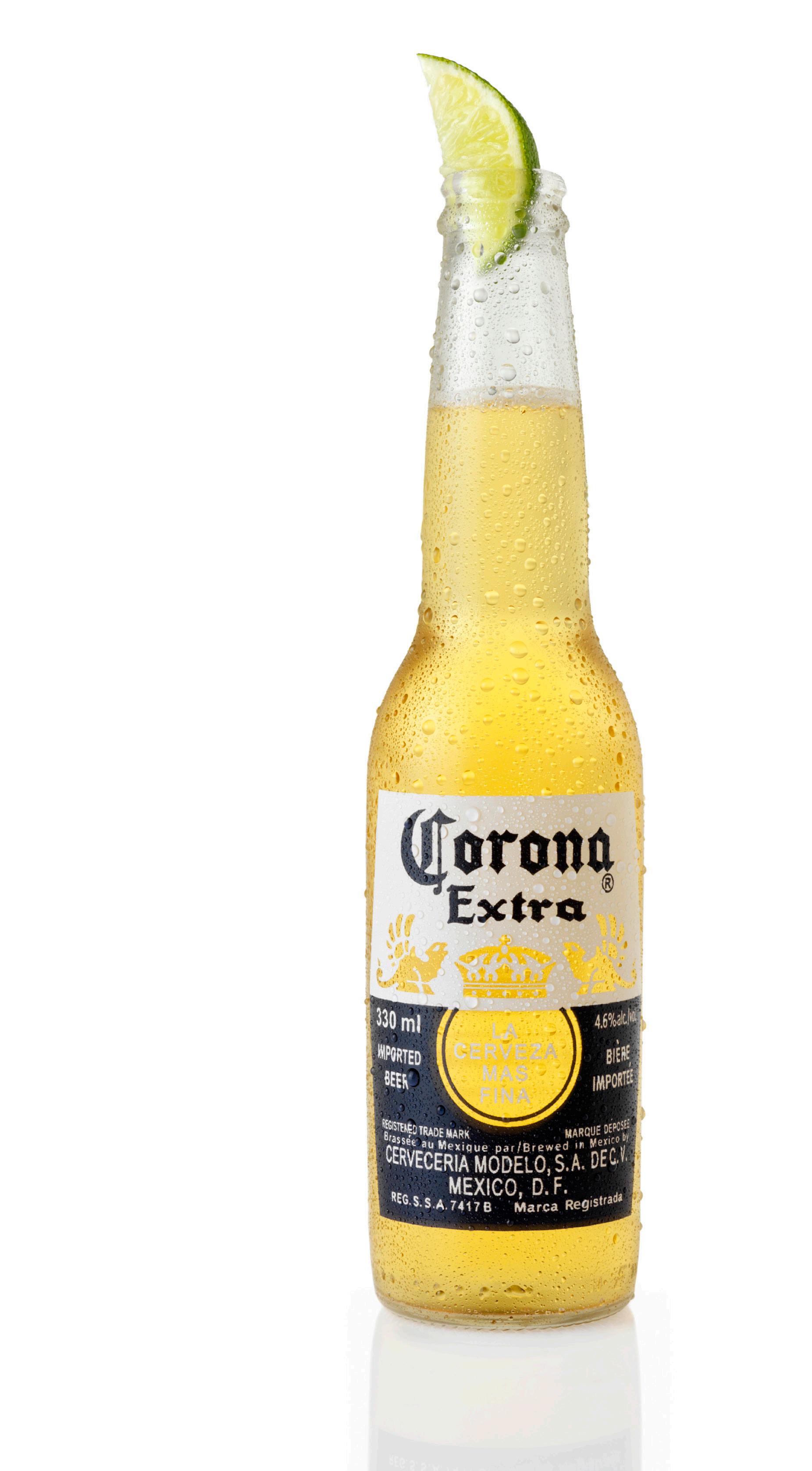BI MARKETING MAGAZINE 2020
The sound of salmon: Using multisensory marketing insights for brand reinforcement How can premium brands further differentiate in the eyes of consumers? A study of the multisensory aspects of premium salmon branding reveals interesting answers.
Co-authored by: Jaroslava Juricova-Olsen and Karolina Wolnik, SALMA Brands
The multisensory attributes (such as colours, shapes, typefaces, textures, sounds) of brand touchpoints (e.g., packaging, social media) are key to consumers’ expectations and experiences. Whilst many brands have focused mostly on how their touchpoints look, more and more brands are now also exploring how to differentiate in terms of how they sound, feel, smell, and so on. Premium and luxury brands appear to be leading the adoption of multisensory marketing, that is, marketing that purposefully engages multiple senses. However, there is still surprisingly little research as to what the multisensory space of premium brands is. In other words, what sensory cues help
26
a brand to signal that it is more or less premium? Research has provided certain insights in this direction, such as the ideas that brand names that include late(sh, ch, j, th) vs early acquired (e.g., m, n, b, f, w, h) phonemes are perceived as more luxurious (Pathak et al., 2017) and that products with heavier vs. less heavy packaging tend to be associated with higher quality (Piqueras-Fiszman & Spence, 2012). But are these findings category specific and how can brands capitalize on them?
MULTISENSORY MARKETING AND REINFORCEMENT STRATEGIES Last year, the Centre of Multisensory Marketing at BI and Salmon Brands started a collaboration to study the multisensory aspects of premium salmon branding to inform the process of brand reinforcement of SALMA.
CARLOS VELASCO, Associate Professor, Department of Marketing and FRANCISCO BARBOSA, PhD Candidate, Aarhus University
Reinforcement strategies are typically about maintaining and expanding brand equity. This collaboration began with questions inspired by synaesthetic design, that is, design that builds upon the systematic connections between the senses: What does the premium salmon look like, sound like, and feel like? We structured our collaboration so that all key stakeholders, including members from the design and advertising agencies, as well as the marketing team, were involved right from the beginning of the reinforcement planning and implementation process. The research collaboration involved four key steps: • Literature review: Reviewing the existing academic and industry research on premi-
umness differentiation via multisensory attributes. • Study 1: As a benchmark, studying the current multisensory cues (e.g., colours, shapes, textures) used in salmon brands that convey the concept of brand premiumness. This and the other studies were conducted with Norwegian consumers. • Study 2: Evaluating brand touchpoint concepts (e.g., packaging) that considered the insights from the literature review and Study 1, to confirm premiumness differentiation. • Study 3: Mapping the multisensory space of brand touchpoints, beyond the current market, that could differentiate the premium salmon brand. The multisensory elements in this study included soundscapes, visual concepts, materials, colours, sha-












